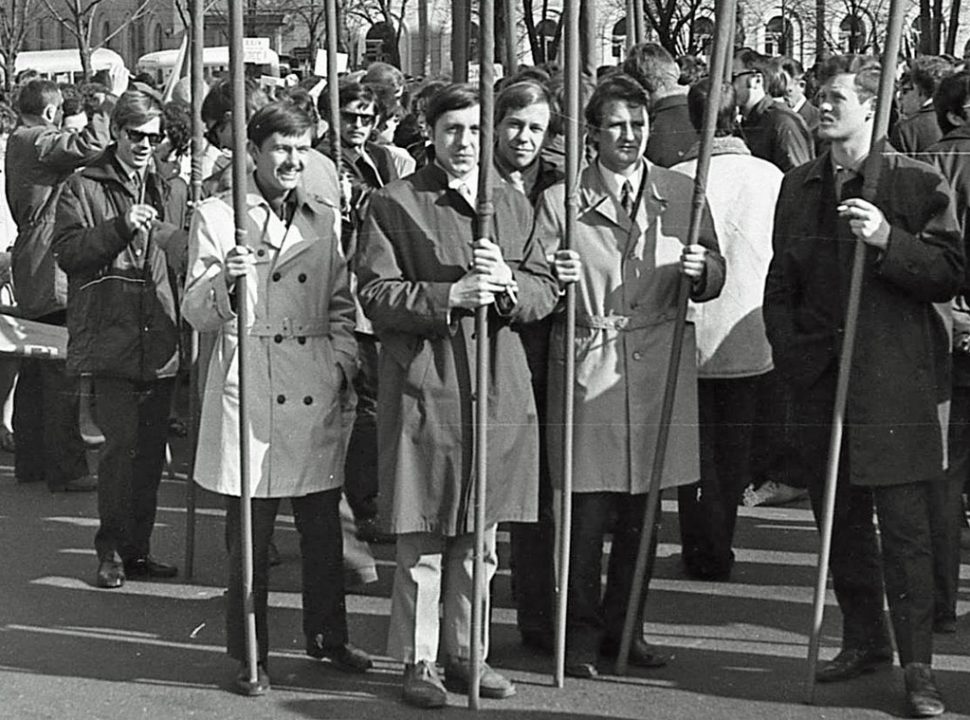The Venus de Milo is one of the most iconic ancient Greek statues, and it’s famously known for what it’s missing—its arms.
That mystery has fascinated historians and art lovers for ages.
The statue was discovered in 1820 by a Greek farmer named Yorgos Kentrotas on the island of Milos. When it was found, it was already in two big pieces—and the arms were nowhere to be seen.
There are a few theories about what happened to them:
* One story says the arms were broken off during a scuffle between French and Turkish sailors who were fighting over who got to take the statue.
* Another possibility? The arms were already missing when the statue was dug up.
As for what the statue originally looked like with its arms, that’s still up for debate:
* A hand holding an apple was found nearby, which makes some experts think the statue showed Aphrodite (the Greek goddess of love) holding the apple of discord—a nod to Greek mythology.
* Another theory suggests she might have been spinning yarn, which was a common symbol of fertility and domestic life in ancient times.
It’s actually pretty common for ancient Greek and Roman statues to be missing things like arms, noses, or heads. These parts stick out, so they’re more likely to break over time—whether from natural wear, accidents, or even intentional damage.
Ironically, the Venus de Milo’s missing arms have only added to its allure. The broken, unfinished look has inspired all sorts of artistic takes and deeper reflections on beauty, imperfection, and the passage of time.
To many modern artists and historians, these missing pieces tell a story—about how time changes everything, about how fragile our creations can be, and about how beauty doesn’t always have to be whole to be powerful.
Well, not all ancient statues lost their sticking-out bits…




